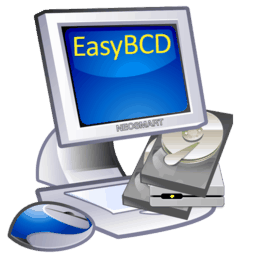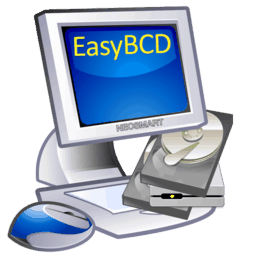- Fact: Shell scripting is a must for any serious IT admin managing a server. From automating backups to checking logs and keeping server performance and load in check, scripting is a must.
- Fact: Shell scripting on Windows sucks.1
- Fact: Shell scripting on Linux and other *nix operating systems is powerful, well-documented, and quite straight-forward.
Most people take a look at these three facts, and instantly come to a conclusion.. the wrong conclusion: you can’t properly manage a Windows server because it’s inherently lacking in the shell scripting department.
Hopefully Monad (Microsoft Power Shell) will provide a solution, but so far the results are mixed; and it’s not popular enough to be considered a viable substitute at the moment. ↩


